“SEND IT.”
Search for “long range shooting” and you’ll likely be overwhelmed.
There will be articles about optics, cartridges, barrels, stocks, and triggers. You’ll see terms like Coriolis and spindrift and station pressure.
It’s like the shooters who practice the dark art of long range precision shooting are speaking a language known only to a select few.
But rest assured, shooters of all backgrounds, experience, and skill levels can learn the ins and outs of long range shooting.
We’ll walk you through some of the basics so you can get started. Then decide if you want to go down the rabbit hole.
Table of Contents
Loading…
What is Long Range Shooting?
Long range is a subjective term and every shooter has a distance that, for them, is considered long range. It might be experience or it might be equipment related.
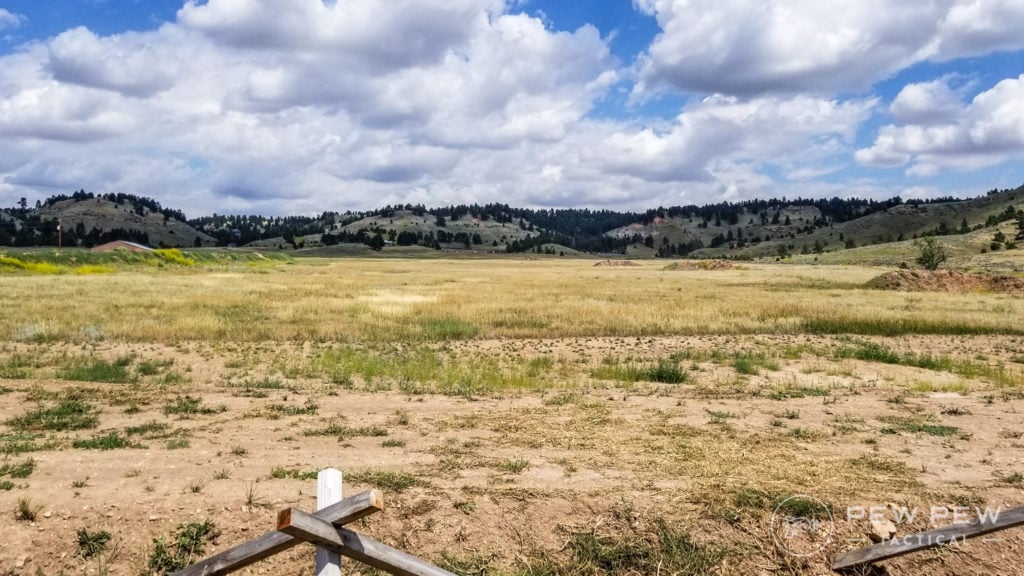
For someone brand new to the rifle making a shot at 100 or 200 yards may be a very big deal. If you are shooting an iron-sighted lever gun in .357 magnum, long range for you is likely 150 yards or so.
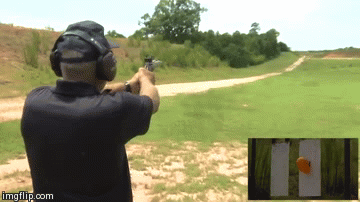
However, I’m going to assume that for most shooters, long range means hitting targets at distances like 800 or more yards.
Just think, a 30-inch wide target at 1000 yards is the same as hitting a 3-inch target at 100 yards… sort of.
Both targets are just 3-MOA (Minutes of Angle). In order to hit that 3-MOA target, some basics are needed.
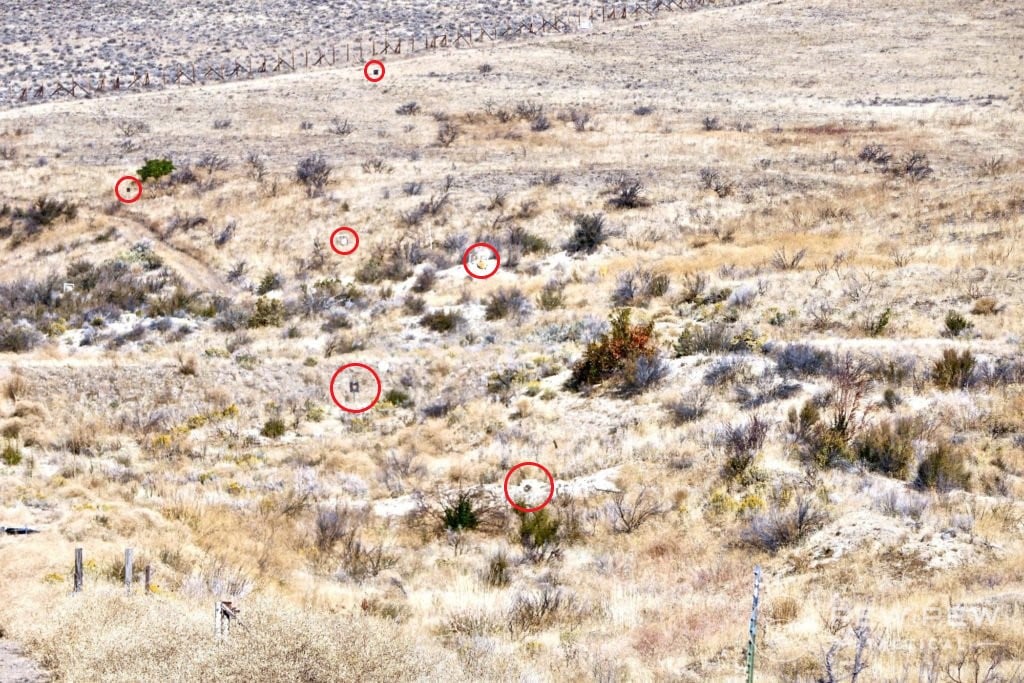
Just to be clear though, reading this article will not make you an expert marksman. There is a lot more to talk about and a lot more detail to cover.
This is just the first taste of what long range shooting is, we’ll be covering more topics and in more depth soon!
Basic Gear
Of course, you need a rifle, scope and quality ammunition. I don’t think you need to go crazy spending a ton of money to hit targets at long range.
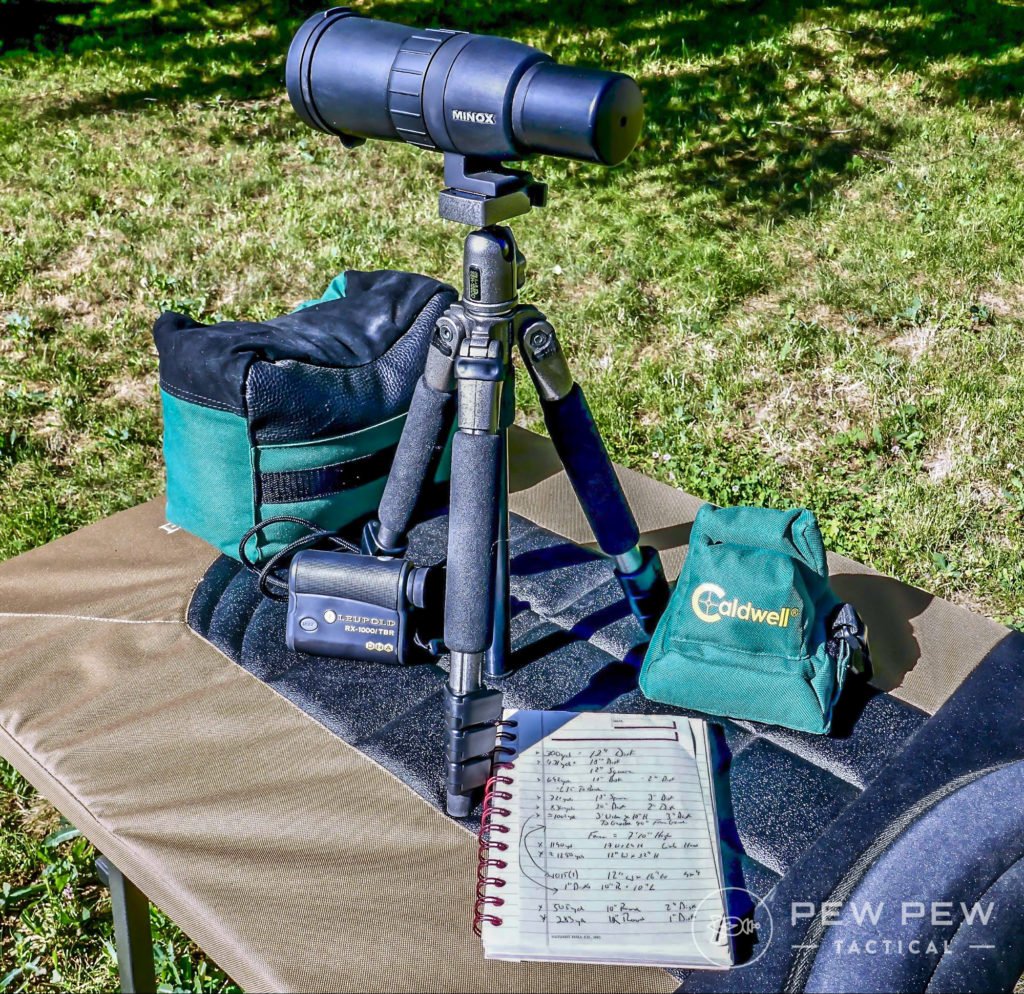
What you do need is a rifle capable of 1-MOA or less at 100 yards with a good trigger. Take a look at the Ruger American Predator or Howa 1500 as entry-level long-ranger plinkers.
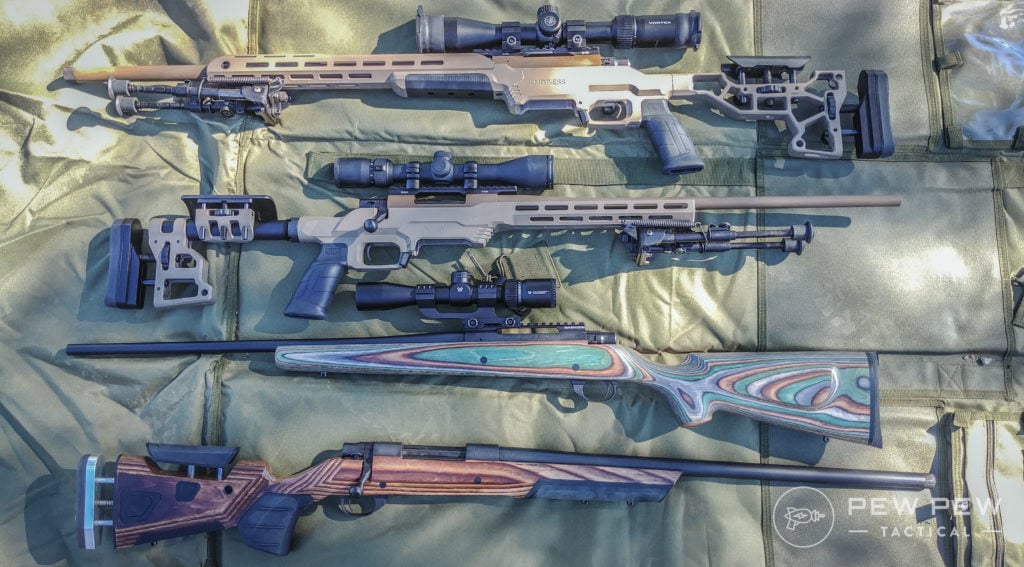
Your optic doesn’t need to be a top of the line Nightforce. But, you do need a scope that allows you to see the target clearly at all ranges and has repeatable turret adjustments.
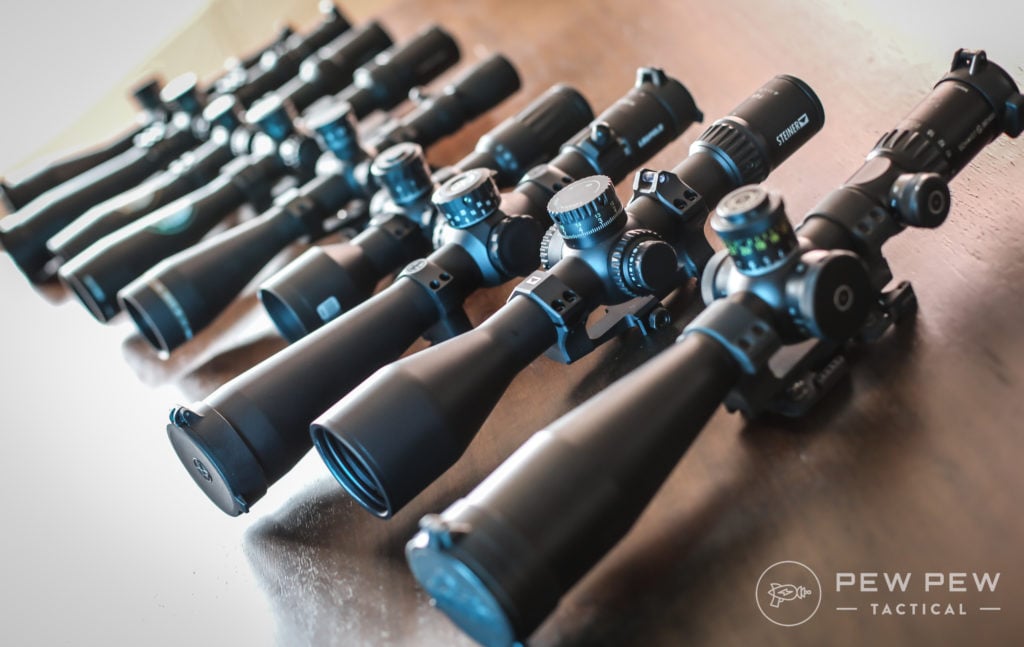
A zero stop is nice, but not absolutely necessary. Just remember how many clicks you came up for your last shot, then dial back to zero before your next shot at a different distance.
Factory loads or handloads; both work just fine in an accurate rifle
Factory ammunition today is incredible. You can buy very high-quality ammo with high-BC bullets made to perform at long range.
Rifles in calibers that do not recoil much allow you to see bullet impacts on target and, if the conditions are right, you can see the bullet trace all the way to the target. This helps you determine if your elevation and windage corrections are right for the target you are engaging in.
For rifles chambered in 6 and 6.5 Creedmoor, you can expect a barrel life of about 2500 to 3000 rounds.
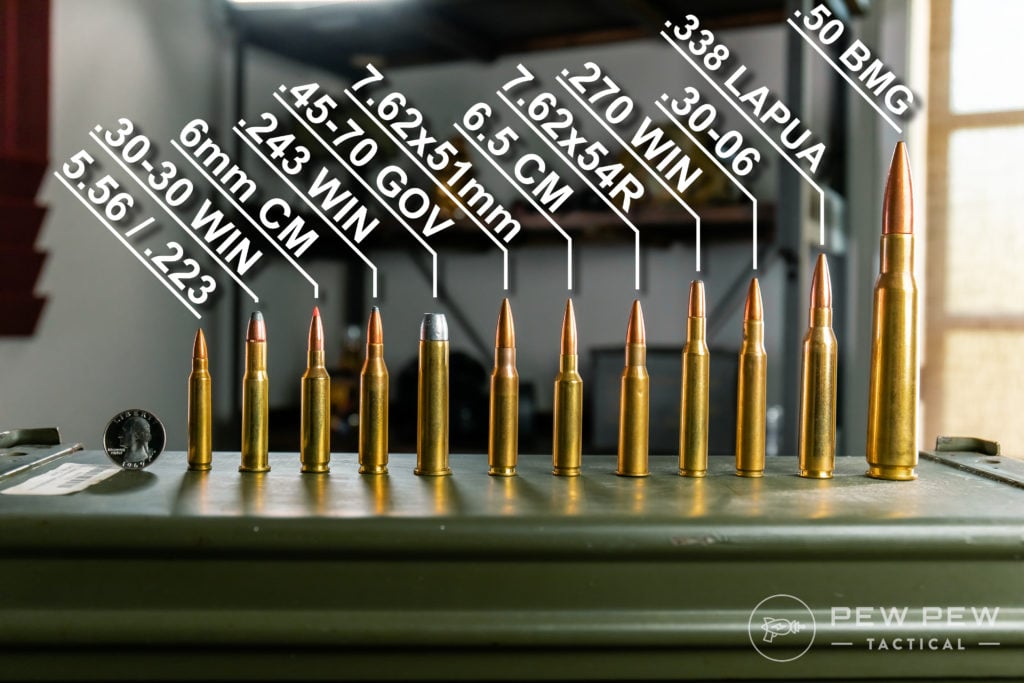
If you opt for the lowly .223 Remington you will probably get about 7000-10,000 rounds of accurate shooting and save money on ammo.
You don’t need the latest and greatest to make hits a long way out if you are doing your job correctly.
Don’t discount AR’s or Modern Sporting Rifles. With the proper ammo, consistent hits out past 700 yards are very possible.
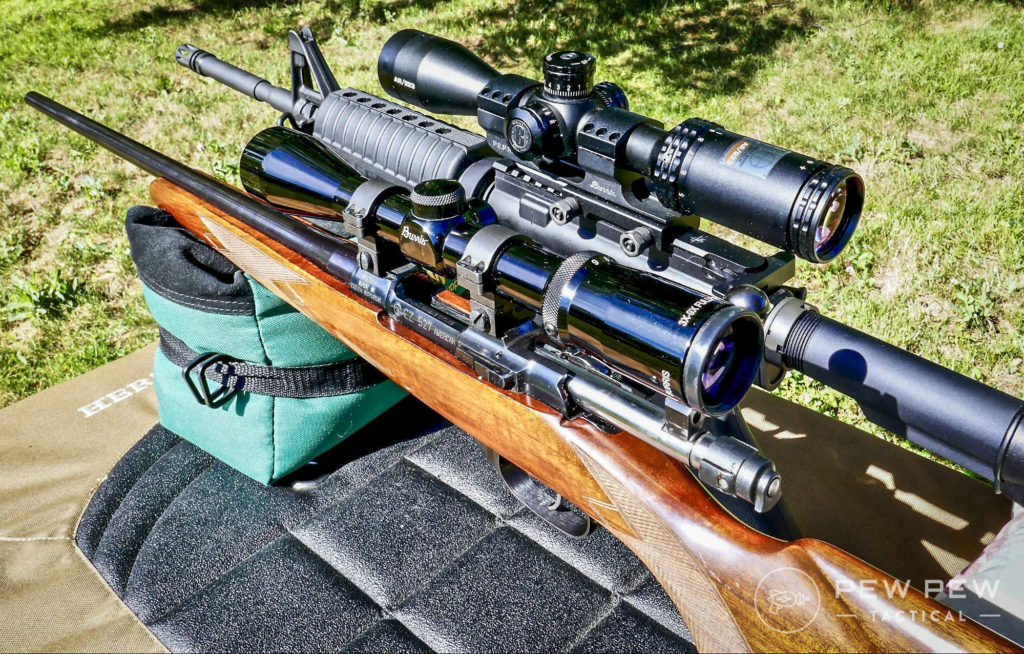
We even have an article on long-range shooting an AR platform.
A rangefinder is helpful if you don’t know the range to the target. You can estimate the range using the scope reticle, but only if you know the dimensions of the target.
So unless you are at a range that has the distances marked you need some way to determine how far away the target is so you can make the correct scope adjustments. If you have a rangefinder you use for hunting that will be fine, most will work reliably out to about 800 yards.
Prices accurate at time of writing
Prices accurate at time of writing
-
25% off all OAKLEY products - OAKLEY25
Copied! Visit Merchant
A quality bipod on your rifle helps to make shooting prone or off some sort of natural or man-made support much easier.
We always recommend a shooter invest in a Harris Bipod that has the ability to swivel so no matter the terrain, the gun can be fired from a perfectly level attitude.
Prices accurate at time of writing
Prices accurate at time of writing
-
25% off all OAKLEY products - OAKLEY25
Copied! Visit Merchant
If you don’t have a bipod, you can use your backpack, sandbags or something similar to rest the forearm of your rifle. The key is a stable platform to shoot from.
For more choices check out our Best Bipods article.
You will need a rear bag to support the butt of the rifle. This can be as simple as a couple of old socks filled with rice and knotted tight. I use old shot bags filled with varying amounts of old tumbler media.
-
25% off all OAKLEY products - OAKLEY25
Copied! Visit Merchant
They are lightweight, can be stacked and combined as needed and provide a way for me to apply pressure by squeezing to adjust the vertical alignment of my rifle.
Proper hearing protection is a must. Most folks who delve into long range shooting will install a muzzle brake of some sort to reduce or eliminate recoil.
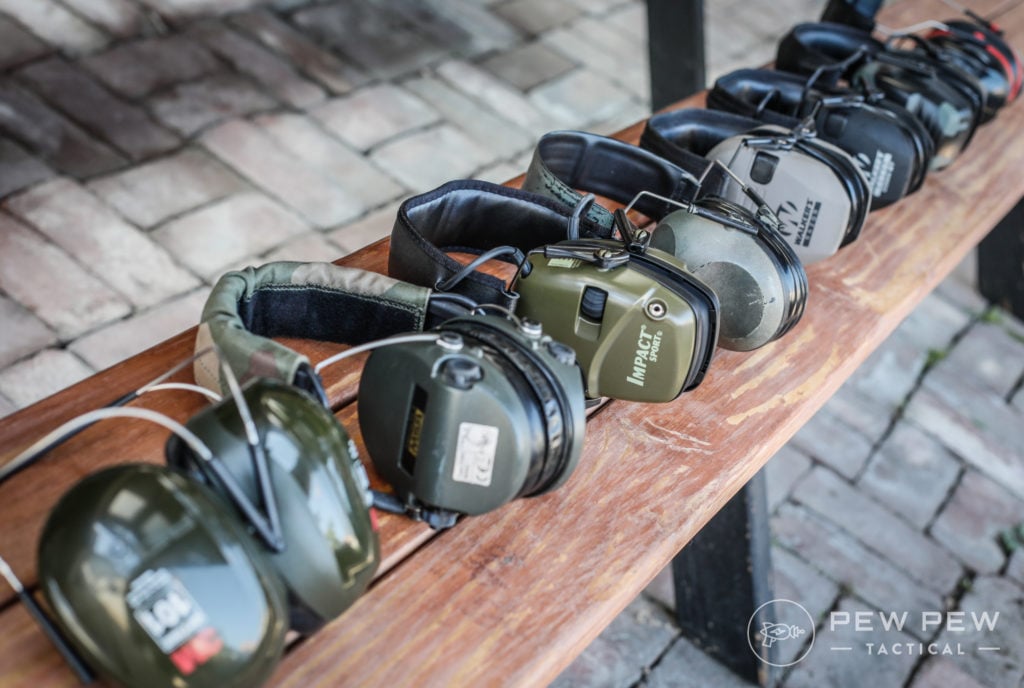
No matter how you slice it, brakes are loud.
I normally wear quality shooting earplugs under my ear muffs. You only get one chance with your hearing, take time to protect it as much as you can.
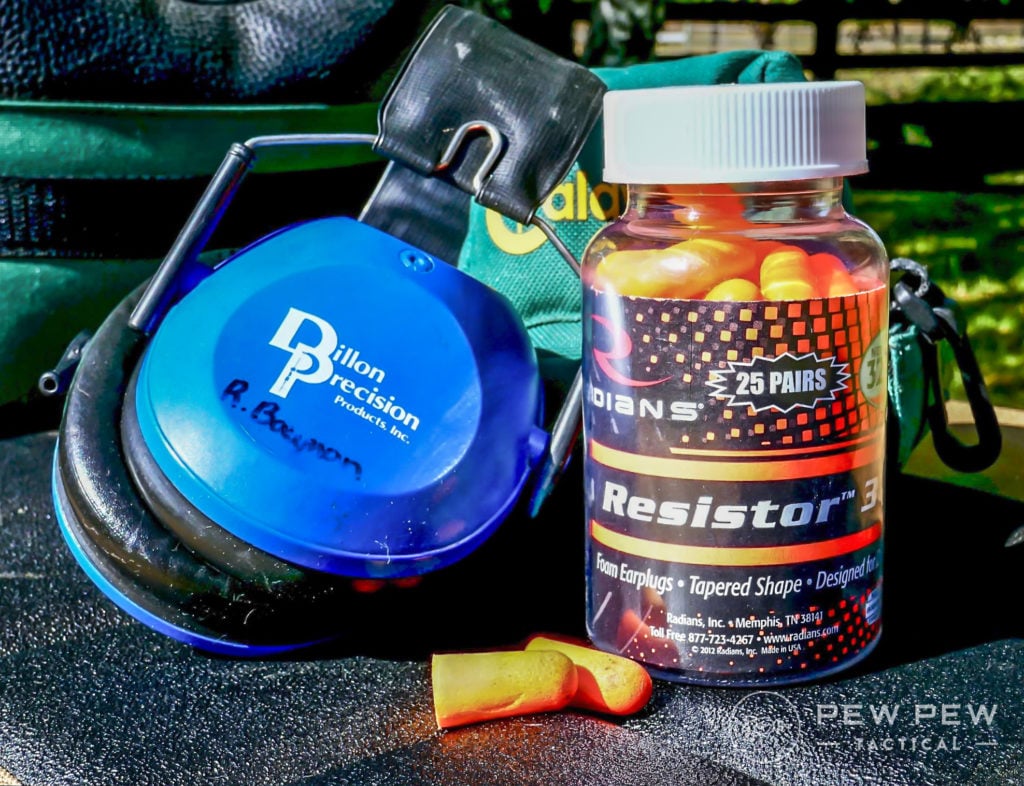
Nice To Have
As you shoot, you will begin to learn how your rifle and ammo perform at various ranges. There have been several articles that discuss various apps that allow you to enter the important data for your rifle, optic, and ammo choices.
Then, as you begin to stretch out the range, the app calculates how much you need to dial up the scope and how much windage you need to dial or hold depending on the conditions.
The app will also help to verify the velocity of your bullets depending on your hits. If you are sailing rounds way over the target, likely your bullet is moving faster than you think it is. The info on the cartridge box may not be correct for the conditions you are shooting in.
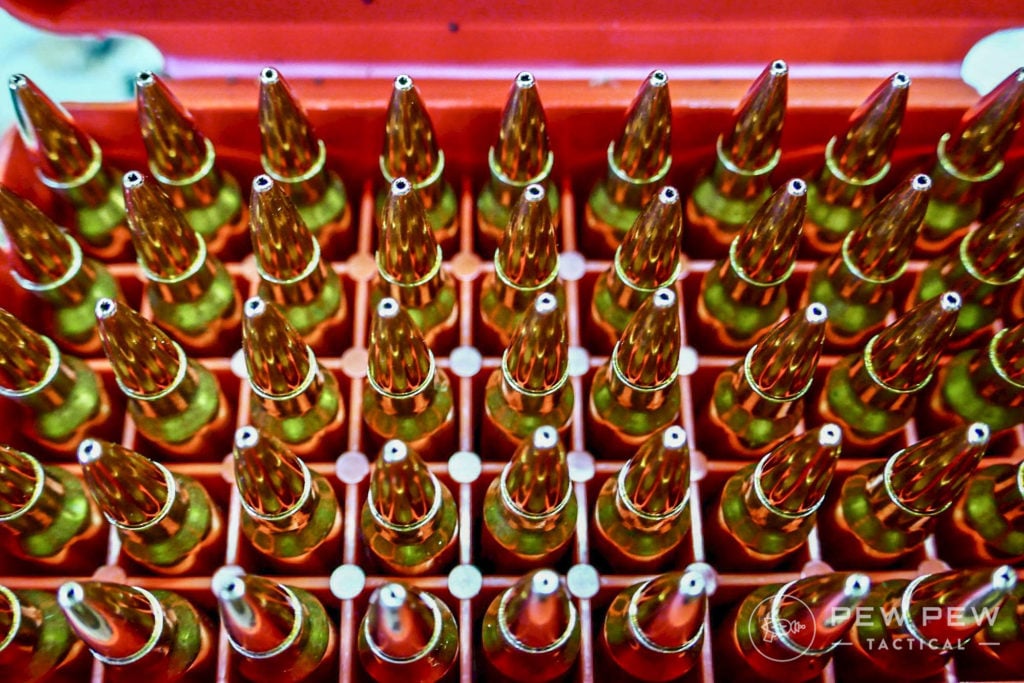
If you have powder that is sensitive to temperature changes, your velocity may also increase or decrease. You can make adjustments in the app to correct for velocity variations.
For a new long-range shooter, the Shooter App is easy to use and you can store a ton of info in it.
If you don’t have an app yet, go to JBM Ballistics and print a “drop chart” for your rifle. I have used it quite a bit this summer and the adjustments have been pretty close for the range I have access to.
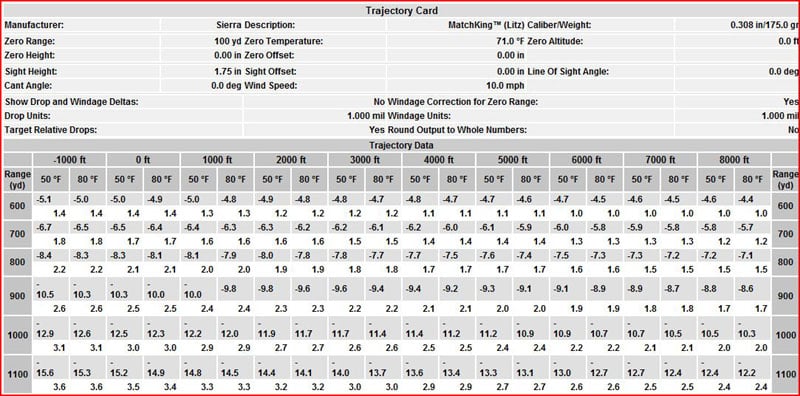
Wind Meter
The Kestrel 2700 weather meter is packed full of features! This little tool will allow you enter critical atmospheric data into to your app and help you make better adjustments to your optics.
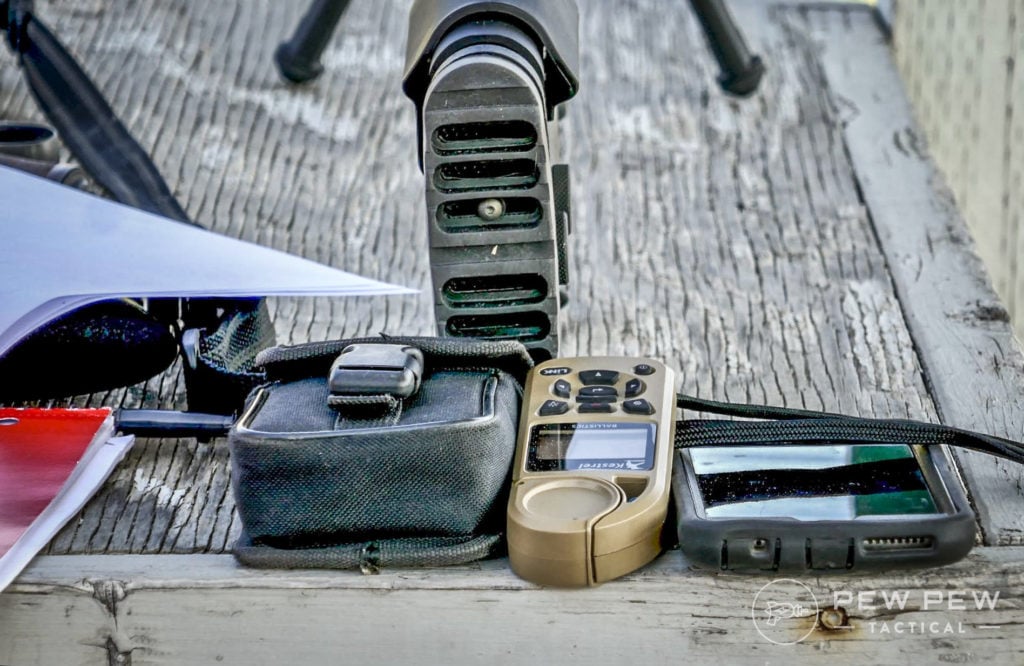
Things like elevation, barometric pressure, humidity, and temperature all affect the flight of your bullet.
Prices accurate at time of writing
Prices accurate at time of writing
-
25% off all OAKLEY products - OAKLEY25
Copied! Visit Merchant
For sure the little wind speed indicator is key. If you know how hard and from what direction the wind is blowing you know how much windage you need to dial or hold.
A wind meter is nice but not absolutely necessary. If you really want to “buy once, cry once” the Kestrel 5700 Elite has a ton more features, but at a much higher price.
Prices accurate at time of writing
Prices accurate at time of writing
-
25% off all OAKLEY products - OAKLEY25
Copied! Visit Merchant
Long Range Shooting Skills
Obviously you need to have some understanding and grasp of good shooting technique to consistently hit at long range.
Don’t expect to be ringing every shot the first time out, precision shooting is about consistency and practice.
We could write volumes, and volumes have been written, on how to be a better and more accurate shooter. But right now — let’s just cover the basics.
Breathing
A lot has been written regarding breathing and heartbeat over the years. Don’t get too hung up on taking in a deep breath, letting out half, holding and breaking the trigger at just the right time.
I like to breathe normally as I get my rifle aligned and level. Once I am on target I let my breathing slow and relax as much as possible. I tend to squeeze off my shot just as my lungs reach the bottom of the exhale.

At this point, my heartbeat is slowest, and because I am not trying to hold my breath, my body doesn’t tense up and my heart rate doesn’t speed up as my heart and brain search for fresh oxygen.
Trigger Control
Today’s rifles either have great triggers or can be upgraded with a great trigger. For a rifle used exclusively from a bench or competition a trigger of around 2 pounds that breaks cleanly will improve your shooting.
If your rifle is doing double duty in the field as a hunting arm I would suggest adjusting your trigger to around 3.5 – 4 pounds.
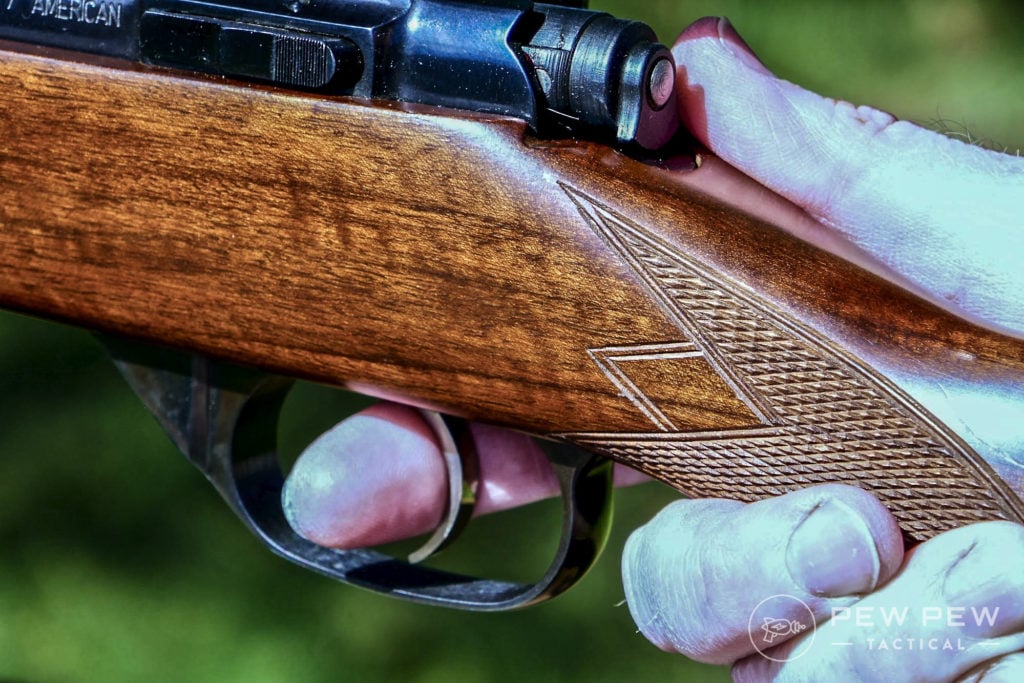
When you place your finger on the trigger you want to use the area on your index finger just beyond the last joint. If you press on this area you can feel a hard, bony structure. You want that bony section of your finger on the trigger.
This gives you a consistent feel and a consistent finger placement. If you use the pad of the index finger you have a ‘mushy’ feel to your trigger squeeze. In addition, if your hands are cold, you often cannot feel the ends of your fingers and if you use the pad of your finger you cannot tell how much pressure you are putting on the trigger.
Gripping the Gun
When shooting from the bench let the bench and the bipod and the rear bag do all the work. For most rifles you are going to use for long-range shooting, recoil is minimal and you don’t need to hold the gun in a death grip.
Be sure you adjust your seat so you are sitting directly behind the gun. You want to line up with your shoulders square to the target and not be angled off to the side.
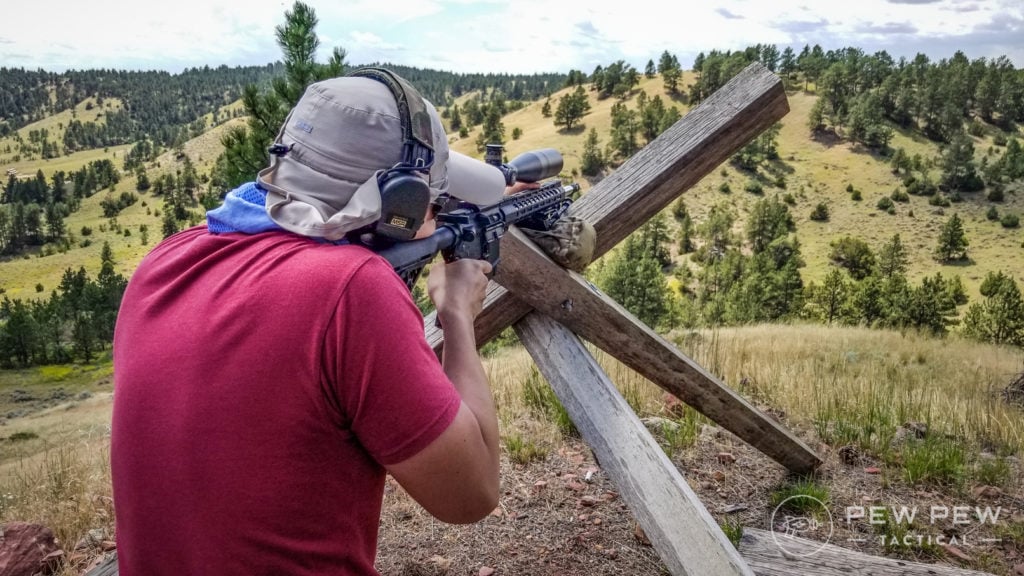
Your strong hand or the hand you squeeze the trigger with is going to rest on the grip area with your trigger finger indexed outside the trigger guard until you are ready to shoot.
Use your remaining three fingers to gently pull the gun into your shoulder pocket. The gun needs to be firmly anchored to your shoulder, but not to the point you are really pulling hard.
Your thumb should rest on top of the grip, or if using a stock with a pistol grip, be resting along the side. You do not need to grip the gun with your thumb.
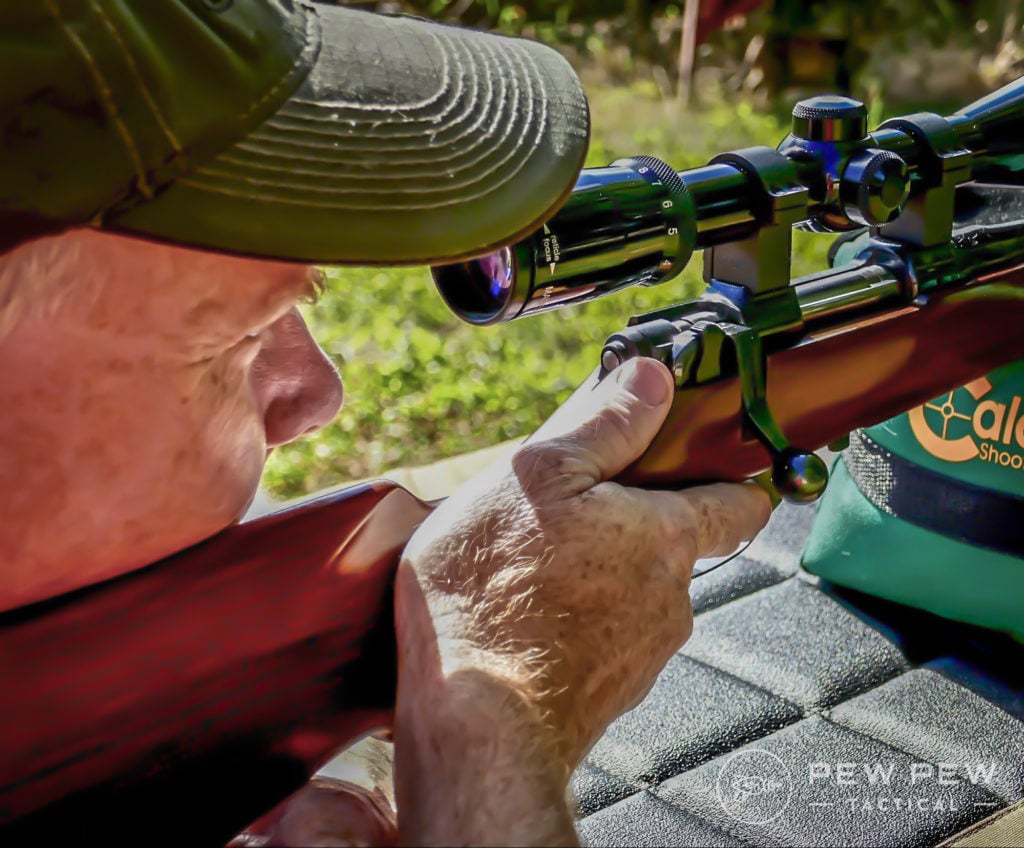
If using a bipod, lean forward a bit to ‘load’ the legs of the bipods once you are well-positioned.
Be sure your cheek has good contact with the stock and that you can clearly see the entire image through your scope. On a fixed stock rifle you have fewer options for adjustment than with a modular stock or chassis, but you should still be able to comfortably align your body and your eye to the optic.
Your ‘off’ hand controls your rear bag.
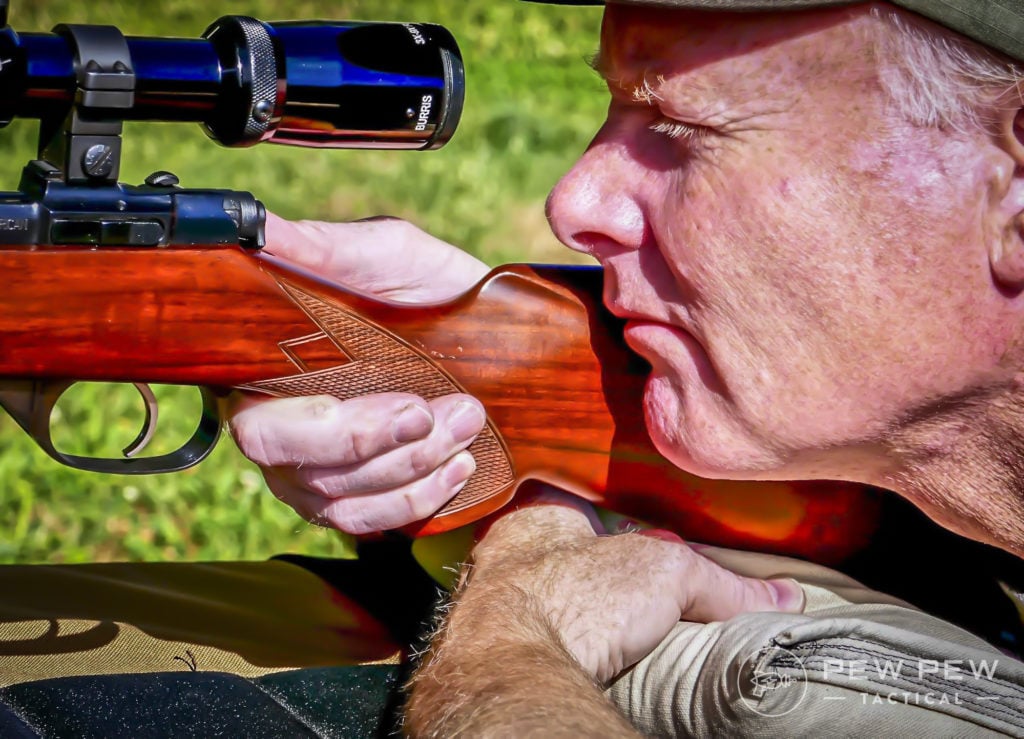
By squeezing the bag you raise the butt of the rifle and your scope reticle will move down in relation to your target. If you ease pressure on the bag the reticle climbs and moves higher.
By using the bag you control the movement of the vertically and, to some extent, horizontally. Your left elbow and forearm are resting nearly flat on the bench at this point.
Your trigger hand is going to make any vertical or horizontal turret adjustments, make parallax adjustments, squeeze the trigger and work the bolt.
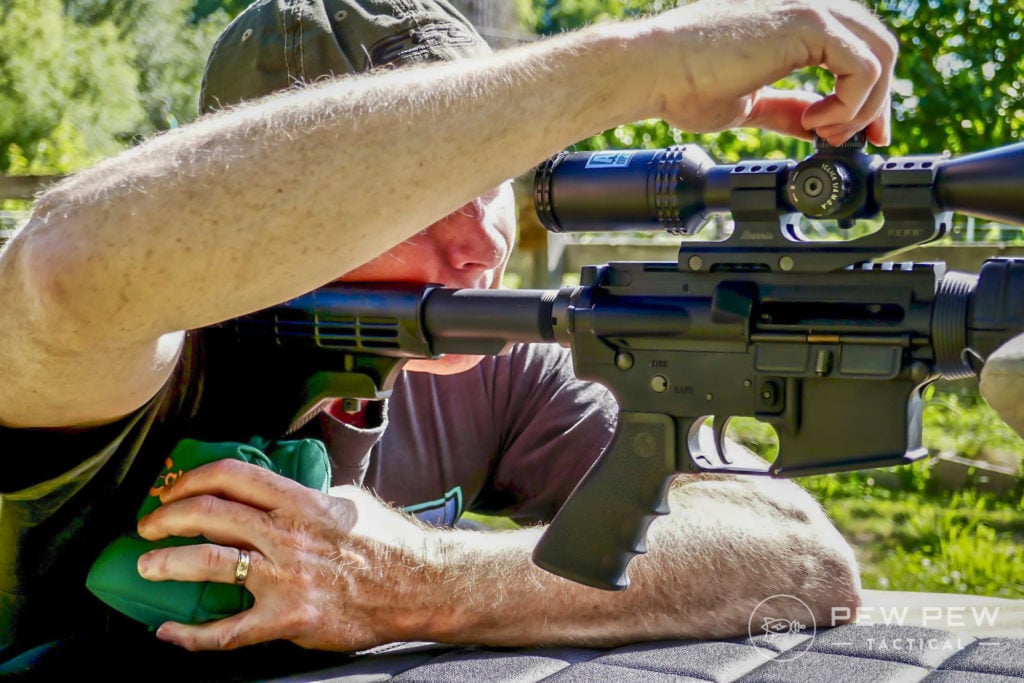
Shooting and Follow Through
When you are aligned with the target and have your optic dialed in for the distance and the wind conditions you are ready to shoot.
If you are letting the gun rest on the bipod and rear bag and not placing any unnecessary pressure on the grip, the rifle should recoil straight back and come to rest very near the center of the target you were holding on.
Keep your eyes open through the shot. Today’s optics will allow you to see not only your impact on the steel, but in many cases you will see the bullet trace all the way to the target.
This only happens if your follow-through is good and you let the rifle recoil naturally. Don’t fight it.
If you are shooting a lightweight mountain rifle, you may want to invest in a shooting pad, or simply place a sandbag between your shoulder and the butt of the rifle.
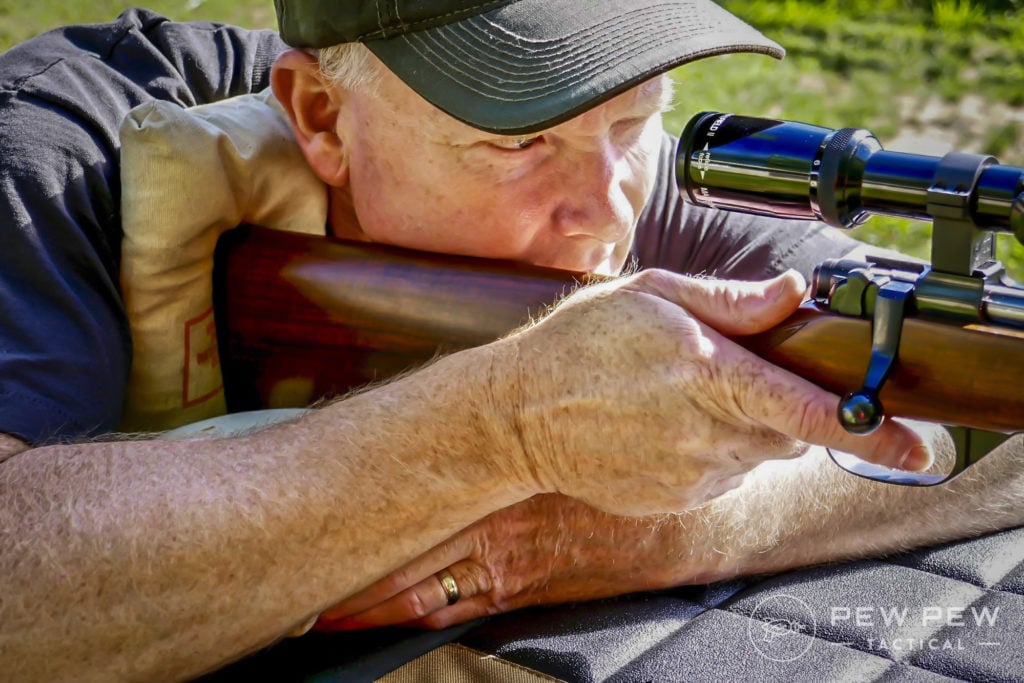
You may also find that a lightweight rifle or one with a thin barrel profile will shoot better if held more tightly and with some additional pressure forward into the bipod.
If you are doing your job you should be able to reach up with your trigger hand, work the bolt, and be ready to shoot again very quickly. Don’t raise your cheek off the stock.
Don’t move your head. Just work the bolt, acquire your target and fire again.
Dry Fire Practice
We are all capable of training more and getting better regardless of the type of rifle we are shooting and the type of shooting we normally do.
One of the biggest reasons shooters miss or fail to shoot consistently small groups is flinching.
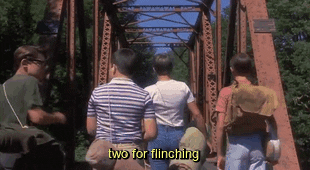
I know… you never flinch. You’re not afraid of recoil. Your gun doesn’t kick very hard.
I’m willing to bet that if we take some time and do the Ball and Dummy Drill, nearly every shooter will flinch at some point.
At 1000 yards it takes very little movement of the rifle to cause a miss. A microscopic flinch will make you miss.
Take a few minutes every week to do some dry fire practice. Set up in your yard, or depending on your neighborhood and neighbors, in your house and garage and practice dry firing.
Remove all the ammo from your practice area and double and triple-check that your gun is unloaded and pointed in a safe direction.
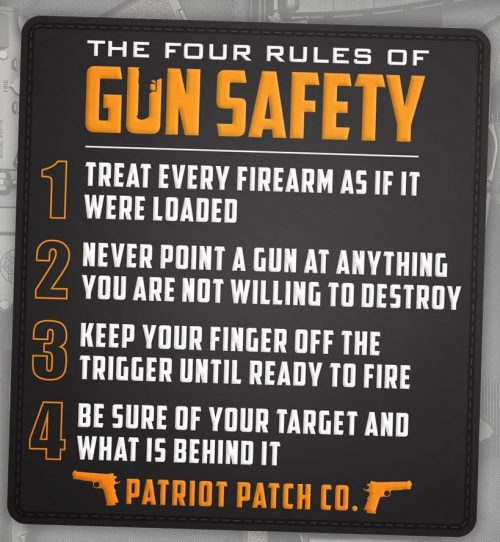
Shoot from prone with your normal set up and supports. Really focus on getting a good sight picture and squeezing the trigger so smoothly that when the hammer falls the reticle does not move from the center of the point you are holding on.
Exaggerate your follow-through. Don’t blink or close your eyes. Have someone watch to see if your eyes close when the hammer falls.
Now, work the bolt and do it again, and again, and again.
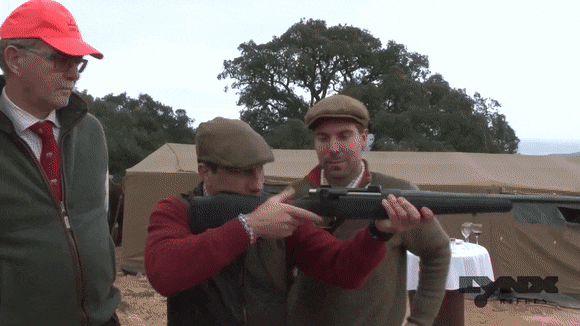
The top shooters in every discipline spend way more time dry firing than they do running live fire drills.
When you do get to the range take a few minutes to go through some dry fire exercises to get relaxed and comfortable with the gun before you start sending rounds downrange.
If you don’t normally have access to a long range, practice shooting the best groups you can at 100 yards, over and over and over.
One of the best long-range shooters I know spends most of his live fire practice in prone on the 100-yard range.
Homework
It might seem like we just covered a lot of information, but this is just the very start of the first course when it comes to long range precision shooting!
You’ll want to get more information, to start you off I highly recommend Ryan Cleckner’s Long Range Shooting Handbook — it is truly a definitive source for beginners to precision shooting.
-
25% off all OAKLEY products - OAKLEY25
Copied! Visit Merchant
You should also take a look at our guides on the Best 1000 Yard Guns for Under $1000 and Best Long Range Rifle Scopes!
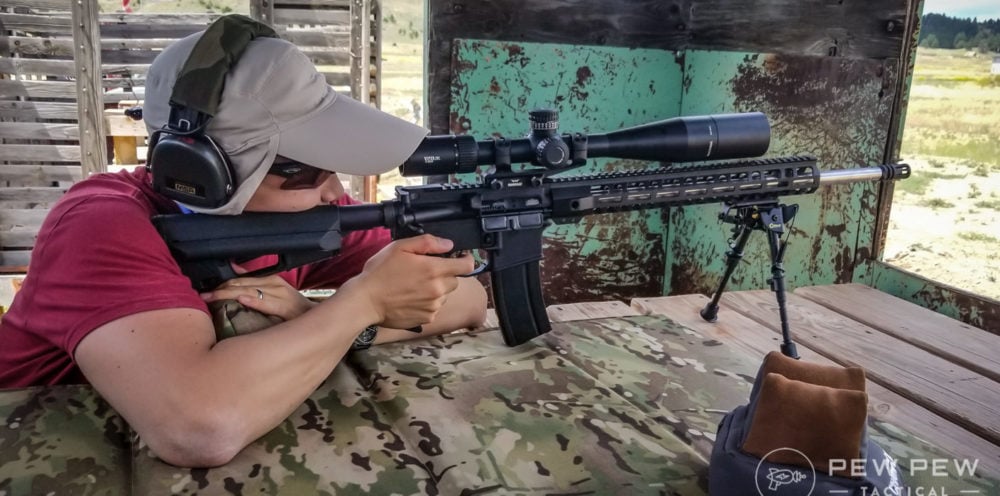
Final Thoughts
Long range shooting is more available and more achievable than ever before.
Rifles are better than ever, and paired with some good ammo with high-BC bullets, long shots are makeable with just about any cartridge you care to try with.
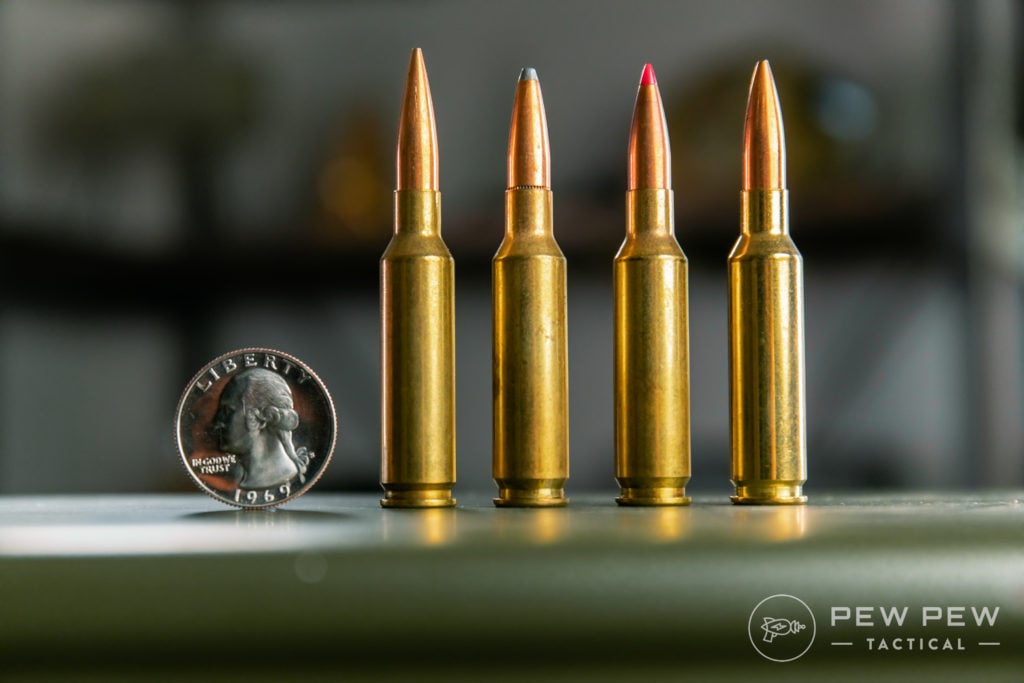
Optics that used to be exotic are now commonplace and within the budgets of most shooters.
The bottom line though is your training and practice. You can’t just buy your way to long-range precision. Learn to read the weather and the wind.
Learn and practice your basic shooting fundamentals. Dry fire a lot.
Just like anything, the more work you put in, the luckier you seem to get. And those shots that seem out of reach initially, begin to be commonplace and you start looking farther out on the horizon and wonder, “can I hit that rock way over on the other side of the canyon?”
Tell us about your long range shooting experiences and the things you do to train for competitions or open-country hunting!
Looking to take an AR-15 long range? Check these out!
- Best AR-15s for Precision Long Range Shooting
- AR-15 Long Range Shooting with .223/5.56
- Best 6.5 Grendel Uppers
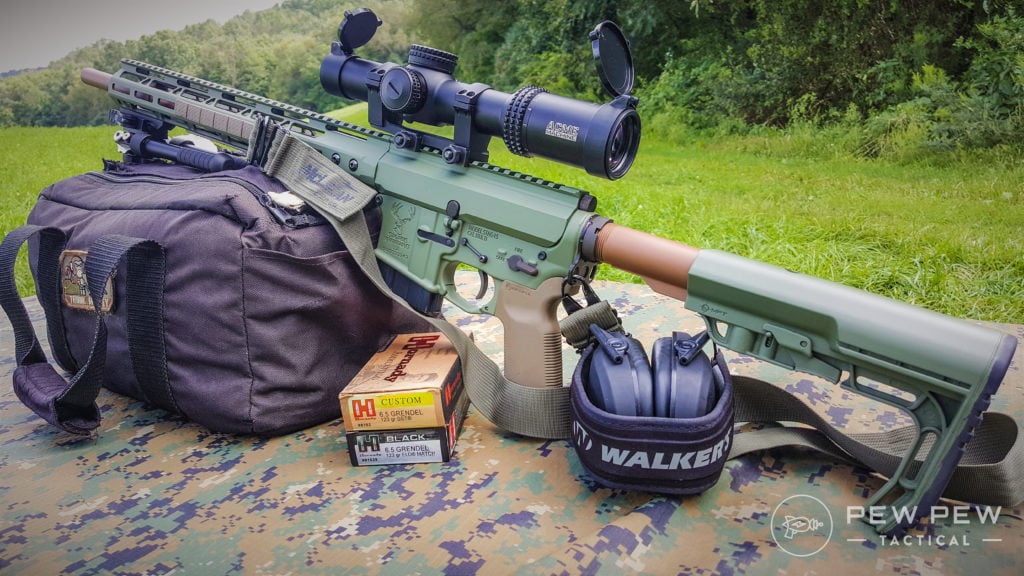

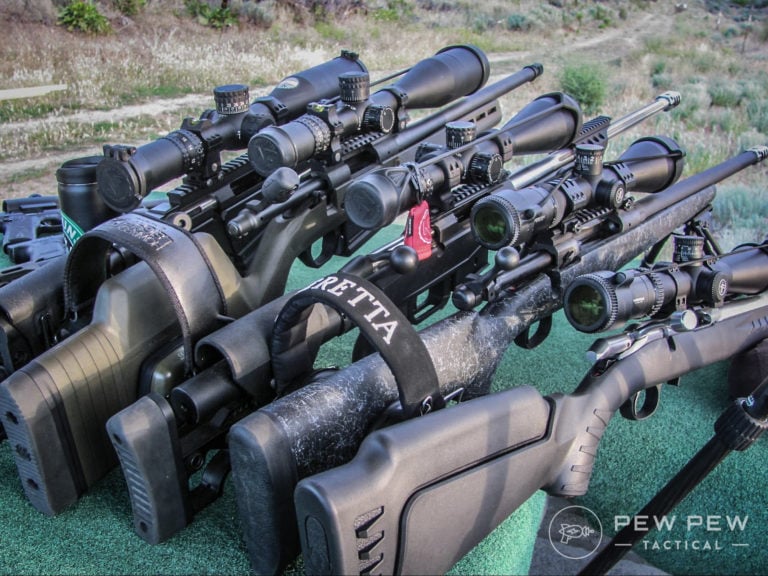
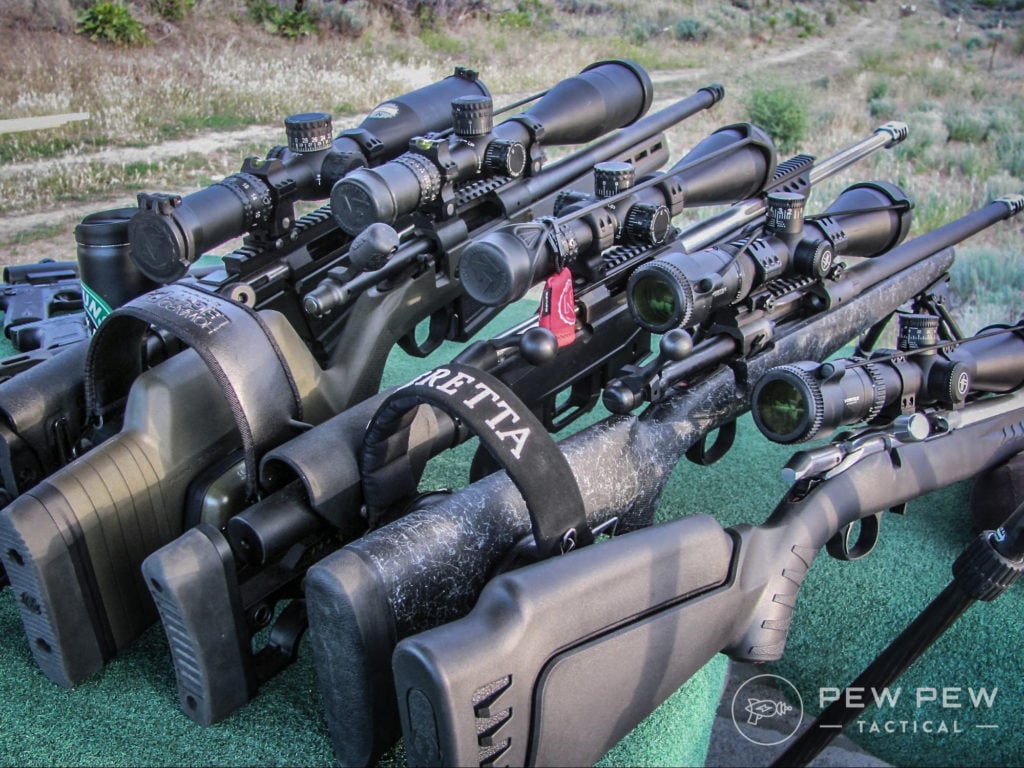

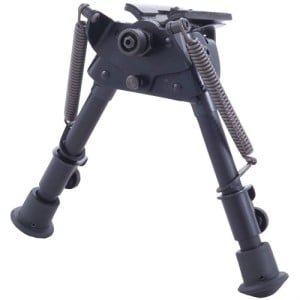

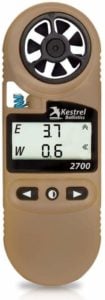
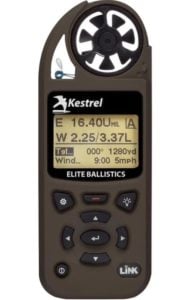








2 Leave a Reply
What the heck are the numbers in that JBM "ballistics card?" Two in each box.
Elevation and windage in mils at specified ranges and altitudes.